Easy ways to attract feathered friends to a yard of any size.

Your favorite backyard fliers aren’t picky about the size of your garden. They are far more interested in the food and shelter you offer. Whether you’re working with square acres or square feet, use small-space gardening strategies to create your best bird oasis.
Melinda Myers, Birds & Blooms’ resident gardening expert and author of Small Space Gardening, is well-versed in designing for compact areas, and skillfully transformed her own small city lot. Her best advice: “Start with a plan. This is even more important with small yards since you have limited space to accomplish your goal of creating an attractive area for you and the wildlife you are trying to invite in.”
Focus on the Basics
“Just like us, animals need food, shelter, water and a place to raise their young. If you focus on these essentials, they’ll come to your landscape,” Melinda says.
Make every square inch count with compact plants that thrive in your growing conditions, are native to your area, offer seeds or berries, and provide a place for birds to nest.
“Include some seed-producing plants like coneflower. Allow them to set seed, along with annuals like cosmos and salvia, and watch the birds come to dine,” Melinda says.
She added that ageratum, pentas, cuphea, phlox, lantana, zinnia, dill and other herbs are also ideal for attracting wildlife. If you are looking to draw in more pollinators and butterflies but don’t have a ton of extra space, swamp milkweed and butterfly weed are more contained than common milkweed and are excellent sources of nectar.
Denne historien er fra April/May 2019-utgaven av Birds & Blooms.
Start din 7-dagers gratis prøveperiode på Magzter GOLD for å få tilgang til tusenvis av utvalgte premiumhistorier og 9000+ magasiner og aviser.
Allerede abonnent ? Logg på
Denne historien er fra April/May 2019-utgaven av Birds & Blooms.
Start din 7-dagers gratis prøveperiode på Magzter GOLD for å få tilgang til tusenvis av utvalgte premiumhistorier og 9000+ magasiner og aviser.
Allerede abonnent? Logg på
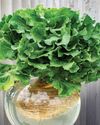
Basics of Hydroponics
Use these top tips and plant picks to have a successful soil-free garden
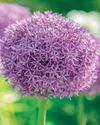
Rooted in Resilience
These hardy perennials will thrive in most zones
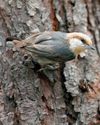
Social and Supportive
Brown-headed nuthatches take a helpful approach to raising their young

All About Owl Pellets
And why you should give a hoot about them
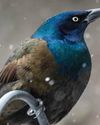
Ask the Experts
Advice from our pros about houseplants, bird feeding and more
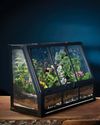
BRING THE OUTDOORS IN
Making a terrarium is about as close as you can get to a Zen DIY project. Once you have gathered the proper materials and squared away your plant selections, it's as simple as layering it all together and watching your mini ecosystem thrive. Here, I'll walk you through my foolproof process and cover all the required elements for good filtration, healthy soil, strong root growth and resistance against fungus and disease.

GROW THIS. NOT THAT
Six easy-to-grow houseplants—and six that may not be the right choice for you
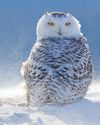
Winter MAGIC
Forecasts may be frigid, but grab your binoculars because birding opportunities are still incredible

Sense or Nonsense? - Why some birds can taste and smell - but others can't
Does a porcelain berry taste like a blueberry to a gray catbird? Does a block of lard smell like frying bacon to a northern flicker? The short answer is no. While some avian species do have a well-adapted sense of taste or smell, they can't distinguish between flavors and odors the way humans can. They're not picking up every ingredient in the suet you put out, says José Ramírez-Garofalo, an ornithology researcher at Rutgers University in New Jersey and the director of Freshkills Biological Station in Staten Island, New York.
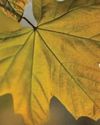
Maple Mania - Amazing facts about this fall foliage mainstay
Amazing facts about this fall foliage mainstay